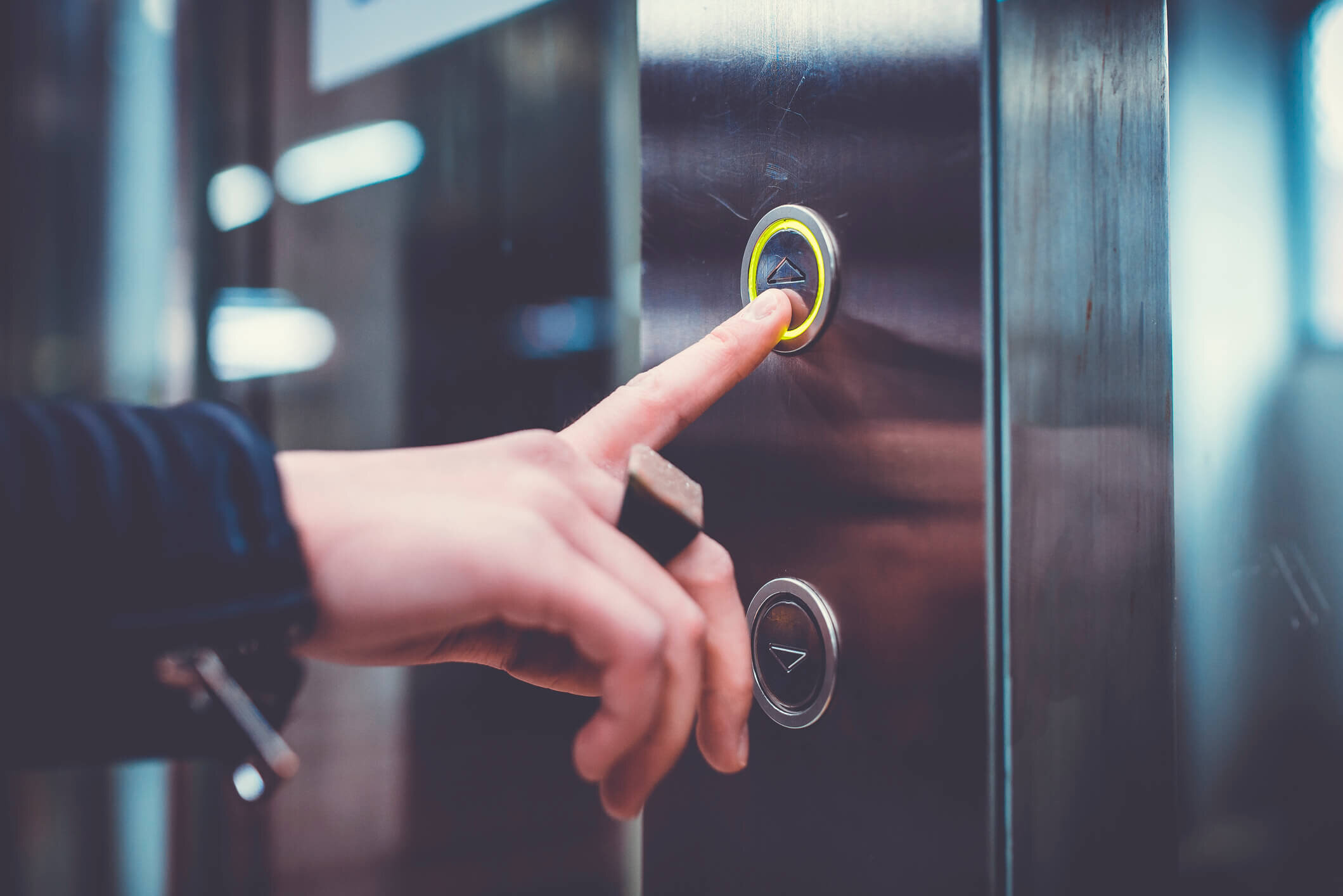
Anti-microbial Coatings – A False Sense of Security When You Fly?

Anti-microbial coatings have been a popular choice for use on high-touch areas such as lift buttons, railings and handles, to fight the spread of COVID-19. In places like hospitals, lift lobbies and airports where people and viruses abound, they have become an essential security measure to minimise viral transmission. Airports in particular, should be effectively primed considering its high international traffic. Yet, as countries reopen their borders and air travel looks set to awaken from months of slumber, it begs the question. Will anti-microbial coatings alone suffice in curbing the spread of the COVID-19 when the number of travellers increase substantially?
What is concerning is that even lift buttons coated with anti-microbial coatings contain a high microbial count (1215 relative light units (RLU)), as confirmed by swab tests at Singapore’s Changi Airport. This contrasts starkly with much lower microbial counts in airport railings (72 RLU) or lifts in Singapore’s public housing estate (500-600 RLU)[1]. The fact remains however, that travellers rely extensively on lifts to save on time and energy, which invariably means a higher exposure to the virus.
Anti-microbial coatings do lose their effectiveness – faster when the surface is repeatedly touched. What’s worse is that anti-microbial coated surfaces may cause complacency, as one may clean the surfaces less regularly, or wash hands less frequently after contact. Anti-microbial coatings are not all bad, but it is crucial to use them appropriately and responsibly. For instance, anti-microbial products with shorter active periods of seven days, or 200 hand touches, should be reapplied at higher frequencies. In a busy airport, lift buttons easily attract over 200 touches within an hour, which really mean airports should also explore other means of sanitising high-touch points.
The good news is that the pandemic has fuelled innovation, and companies around the world are continually innovating solutions to make the world a safer place. Bolstered by global intellectual property offices, patent filings for anti-microbial products have increased exponentially since 2017. The Intellectual Property Office of Singapore receives more than 10,000 patent applications annually. Since 2015, over 1,000 inventions relating to anti-microbial coatings have been filed in Singapore, with about 20 being from local inventors. These patents are granted after a patent office has assessed them to be new, inventive and useful, compared to all known anti-microbial products.
The innovation journey is made complete in partnership with intellectual property offices as inventor and intellectual property come together in search of viable solutions. Access to available patents serve to improve solutions as innovators seek to sharpen and differentiate their products.
Anti-microbial innovations are going strong abroad too. Australian company SPEE3D 3D prints copper, a natural anti-microbial, onto existing metal surfaces[2]. Door plates and handles can be coated in under five minutes with the coated copper killing 96% of live COVID-19 viruses within two hours. Unlike anti-microbial coatings, copper surfaces destroy the DNA and RNA of the virus, preventing mutations that create drug-resistant superbugs. 3D printing allows an ultra-thin layer to be applied, making it more cost-effective and sustainable.
Anti-microbial coatings remain far from a silver bullet. It should be our social responsibility to not be complacent around these coated surfaces, knowing its limitations. The “Swiss Cheese model” of pandemic defence, created by virologist Ian Mackay, provides the best metaphor to preventing the spread of COVID-19[3]. Each method of defence is represented by a single cheese slice – imperfect, with holes. Only when several layers of defence are stacked together, can we create a stronger, more impenetrable block against the virus.
And anti-microbial coatings, together with wearing masks and regular hand washing, all form part of that block against COVID-19 transmission in high traffic areas, where social distancing can sometimes be impossible.
This article was first written on 23 Dec 2020.
[1] "Today Online," [Online]. Available: https://www.todayonline.com/singapore/explainer-are-self-disinfecting-coatings-latest-covid-19-hero-too-good-be-true
[2] "SPEE3D," [Online]. Available: https://www.spee3d.com/activat3d-copper/
[3] "The New York Times," [Online]. Available: https://www.nytimes.com/2020/12/05/health/coronavirus-swiss-cheese-infection-mackay.html



Book a complimentary chat with us to learn how you can leverage on your IP. test
Book IA Chat Session